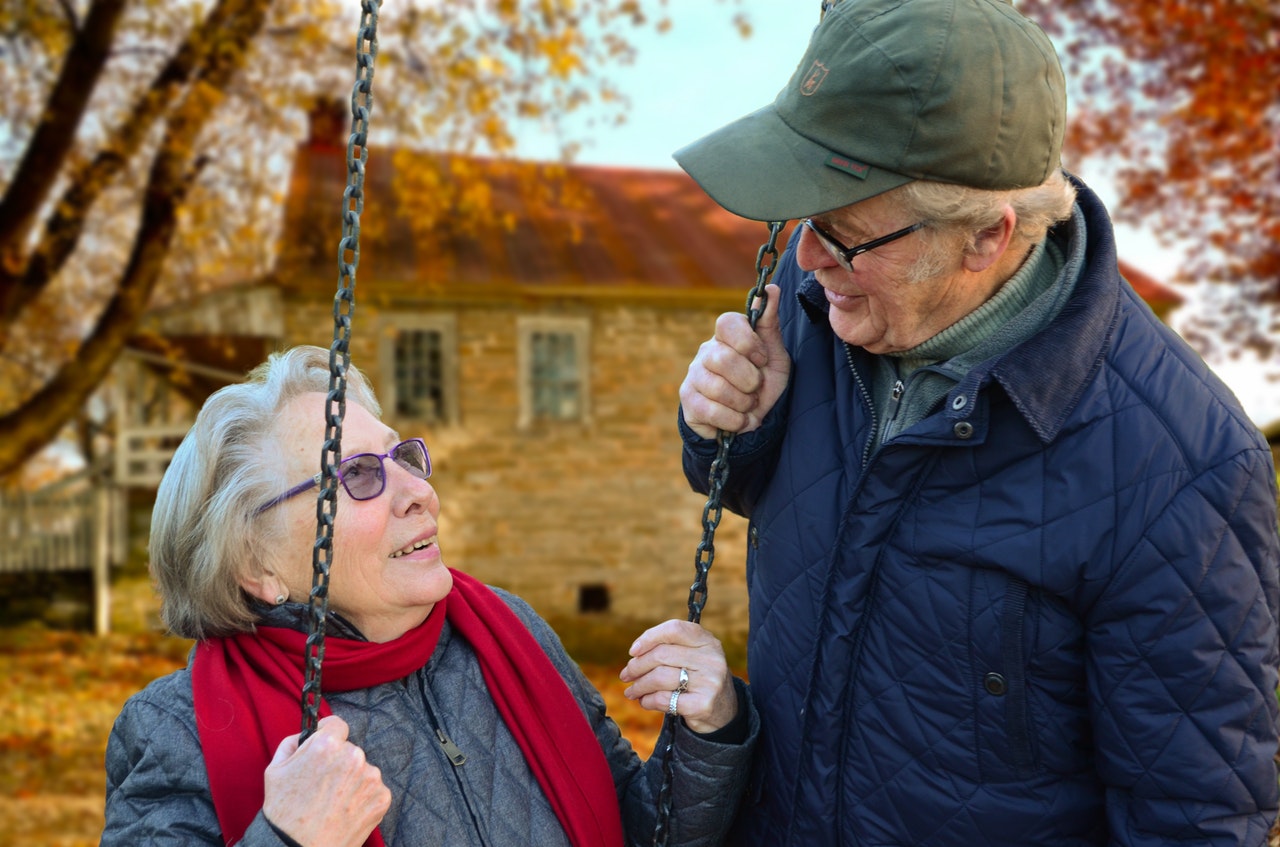Home Care Assistance is Changing the Way the World Ages. This is the latest installment of our “How To” series, where we lay out smart and easy-to-understand advice on navigating the aging process.
Aging well means being surrounded with the right village of people and support. For some, that’s family. For others, it’s friends or neighbours. For most, it’s a collaborative mix of many different people – from relatives to home-care practitioners to volunteers from community groups.
Whatever role you’re playing in a loved one’s village, knowing what to watch for can make all the difference between living at home, and living at home well. Every visit is a chance to ask a few questions. Every family meal is an opportunity to take a look at how someone’s doing. Ensuring you’re successfully spotting red flags as they arise is about making the most of those opportunities to gather the information in real time – and take action.
So, where do you start and how can you help?
- Mood matters: There’s a big difference between asking how someone is and asking how someone feels. Too often, this simple but important question gets overlooked in day-to-day caregiving. A well-timed question around how someone’s feeling might open the flood gates to a flow of information, or eek out a tiny detail. Both reveal a lot about a person’s health. Getting a sense of someone’s mood can shed light on what else might be going on in the background, and in the hours when you’re not together. From basic needs that aren’t being met, to hints of mental health struggles (like depression or loneliness). Asking how someone feels and picking up on subtle differences in mood or behaviour is always a good idea.
- Appearance counts: Tasks we take for granted now can become harder as we age. Paying attention to someone’s appearance can be a good indicator of things they may be struggling with when you’re not around. Personal grooming and bathing, cleanliness, well-matched clothes, buttons that are correctly aligned… all of these things may seem insignificant. But they provide a lot of insight into a senior’s well-being (from changing physical capabilities to mental health issues like depression). If a senior citizen lives alone, be sure to keep an eye on the general appearance of their house, too. Are scorched pots a sign they’re forgetting meals on the stove? Do rooms feel like they’re in disarray? Take a look around and keep track of what you’re noticing to determine if it’s a one-off, or a trend.
- Weight resonates: Our bodies change over time. But when someone appears to be losing weight without trying – especially a senior citizen – it could be indicative of something more. Are they struggling at the grocery store or with their banking, limiting their ability to shop for food? Is cooking itself becoming harder as they strain to grasp tools, read labels or understand recipes? Or, is an underlying condition at work? Weight loss can be a significant symptom for a number of things. If you notice unexplained weight loss, check in with the doctor to figure out the cause.
- Sleep speaks: Sleepiness tells a story that could reveal unexpected twists or turns. Considered a key indicator of mental illness, insomnia tends to be common in seniors with declining mental and brain health. What’s more, it’s harder to treat insomnia in seniors because the medications typically used for younger people can increase other health risks in the elderly (like disorientation, or the risk of falling). Asking someone you’re caring for how they slept can open up the conversation about length and quality of sleep. Generally assessing how tired someone is can flesh out the details and tell you whether they’re getting enough rest. If the answer is no, find out why.
- Memory serves: It’s not always easy to tell the difference between “typical” age-related memory loss and the early signs of dementia. Modest memory problems are fairly common as we age. Almost 40% of people over the age of 65 experience some form of memory loss – and that can be exacerbated by the side effects of certain medications and underlying conditions. Watching out for the kind of memory loss that makes it harder for a senior to do everyday things is critical. For instance, not remembering the name of an acquaintance, and not recognizing or knowing the name of a close family member, are very different things. If the senior in your life is getting lost in familiar places, struggling to follow instructions, repeating the same question over and over, or getting confused about time, places and people – raise the issue with your doctor.
Closing thoughts
It takes more than a quick glance to know how a senior is really coping with life on a daily basis. Knowing what red flags to look for, checking for them regularly, and keeping note of what you see makes a difference. Sharing information across the team of people supporting a given senior can help ensure they’re getting the medical support they need. It’s also a way of ensuring you’re tweaking the care plan as things evolve, in line with changes they may be experiencing. Bottom line? As caregivers, the more we know about someone’s quality of life, the better positioned we are to help maintain it.
References:

